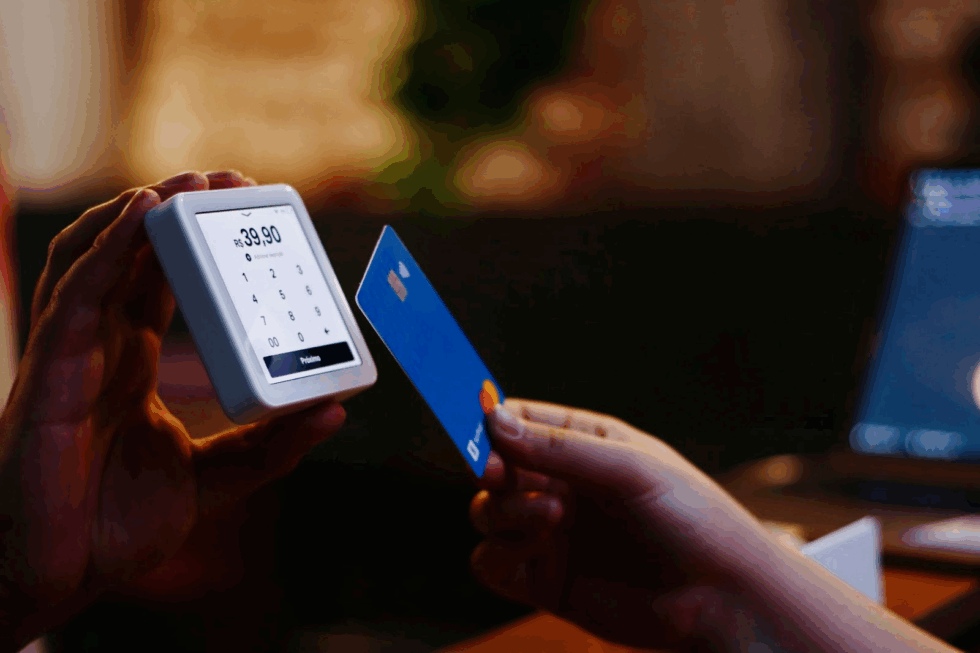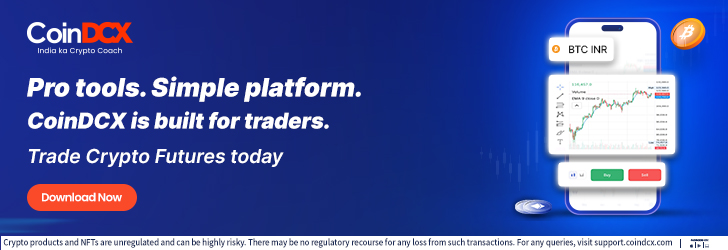When you buy something on the web, your money must go from you to the store. Of course, your cash doesn’t magically appear in someone else’s pocket. Wouldn’t that be a disaster? No, it goes through a process, which, for an extremely long time, was done through something called a payment gateway. It worked, but it was kind of like having only one path to the store. If the path got blocked, you couldn’t go.
Now, there’s a more convenient option on the market: a complex platform made by a payment orchestration company. If one way is down, this system will find a solution. That’s the difference we’re going to explore.
Understanding a Traditional Payment Gateway
A payment gateway is like that toll booth on a bridge. You give it your money, it makes sure everything checks out, and then it lets the money flow to where it needs to flow.
Here’s how it works:
- Check your card to see if it’s real.
- Talk to the bank to find out if you have money.
- Responds yes or no to the transaction.
It’s simple, fast, and easy for small stores. If you own a small internet bakery, you only require a payment gateway to accept money.
But gateways aren’t permanent. Consider this: when the toll booth closes, nobody can drive through. That translates into no money being accepted. And if you wish to sell to individuals in other countries, you might find that your booth is not compatible with their vehicles.
Understanding a Payment Orchestration Platform
Now picture an entire traffic control center instead of one toll booth. That’s what a payment orchestration platform is like.
Instead of one bridge, it connects tons of roads and tunnels. If one’s shut down, it directs you somewhere else. It doesn’t just move money around — it plans.
Here’s what it can do:
- Select the optimal route for each payment.
- Use multiple banks and payment systems at the same time.
- Accept multiple currencies so anyone can buy from anywhere.
- Prevent bad actors by adding fraud prevention.
- Show big reports so businesses know where money comes from.
It’s more like a super-smart GPS for money.
Key Differences Between Gateways and Orchestration Platforms
Here’s a list of the main differences, put simply.
1. One Way vs. Many Routes
A traditional payment gateway is like having just one road that leads to the bank. Every time someone pays, their money takes the same road, no matter what. It’s simple and it works fine if there’s not a lot of traffic. But what happens if that road gets blocked? You’re stuck.
A payment orchestration platform, on the other hand, is like having an entire system in place. If one is filled with traffic, the system quickly chooses an alternate route. The payment gets through anyway.
2. Back-up Options
If you only have one road, then when it crumbles, you’re screwed. That’s how a payment gateway works: if the connection to the bank is down, all payments are out.
A payment orchestration has backup payment options. When a single bank or processor goes down, the system automatically switches the payment over to another. To a customer, it’s seamless and transparent. They won’t even realize there was an issue. For the business, it means no lost revenue.
3. Global Access
A classic payment gateway is for locals only. It’s great if your customers are, but if a foreigner tries to pay, the gateway might not accept their card or local method of payment.
A payment orchestration platform can be used anywhere. It can handle dozens of currencies and means of payment. And regardless of whether your client is paying with a credit card in the United States or a bank transfer in Europe, orchestration makes the transaction just as easy.
4. Regulation
Consider a payment gateway as a toll booth. A car arrives, the booth checks if the driver can pay, and then opens the gate or shuts it. Simple yes or no. That is as far as it goes.
A payment orchestration platform is more of a control system. It doesn’t just say “yes” or “no”. It actually determines the route that will get the car to its destination in the shortest time and at the lowest cost.
What it means is that it can steer transactions in ways that minimize costs and maximize approval rates. It keeps things going without interruption. That is, it doesn’t just process the payments, but optimizes them.
5. Reports
A payment gateway provides the bare minimum info about a transaction, so just enough to tell you that it worked. That’s nice, but it doesn’t give you the larger picture.
A payment orchestration platform from a company like Tranzzo, in contrast, provides you with a massive map of every path your customers took, how long they spent, and even where traffic slowed down.
This kind of reporting lets businesses see patterns and fix problems. Instead of just knowing that a payment was successful, you discover why some payments fail.
The Option that is Right for Your Business
It depends on where you are along the way. If you’re a small business, then a typical payment gateway will do. It’s simple, low-cost, and effective.
If you’re growing, you don’t want payments to fail. A payment orchestration solution from a company like Tranzzo is the smarter choice. It lets you scale and stay secure.
Conclusion
So, what’s the difference?
A payment gateway lets money pass, but has only one way through. A payment orchestration platform is more of a full-on control system: it finds the best routes, avoids traffic, and makes sure everyone goes through with their check-outs.
If your business is small, a gateway might be plenty enough. But if you’re growing and want to sell everywhere, you’ll need to bring out the big guns, which in this case is a payment orchestration platform.
Ultimately, it’s not so much about transferring money. It’s about making sure that your customers have a pleasant experience every time they purchase from you.






